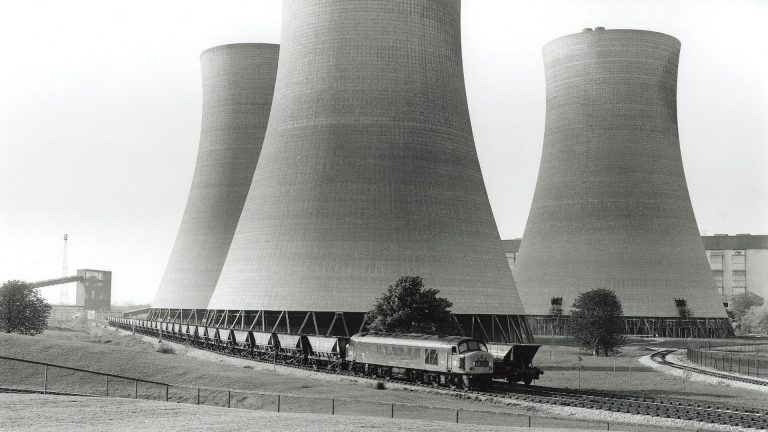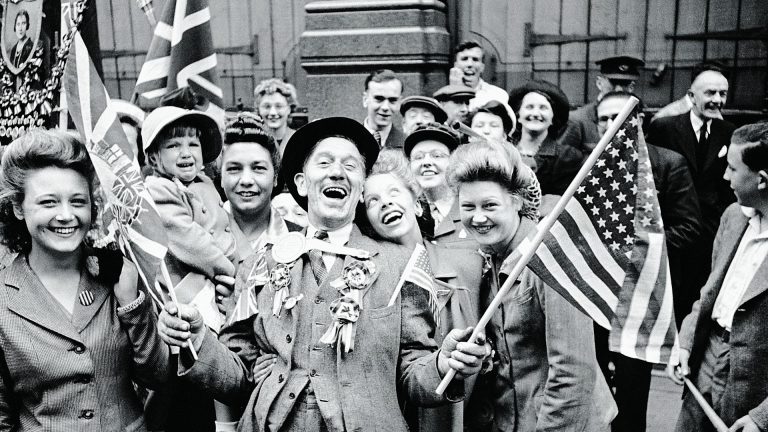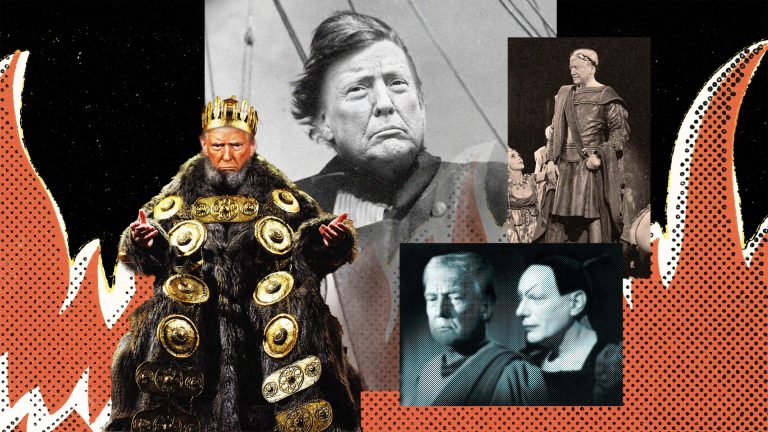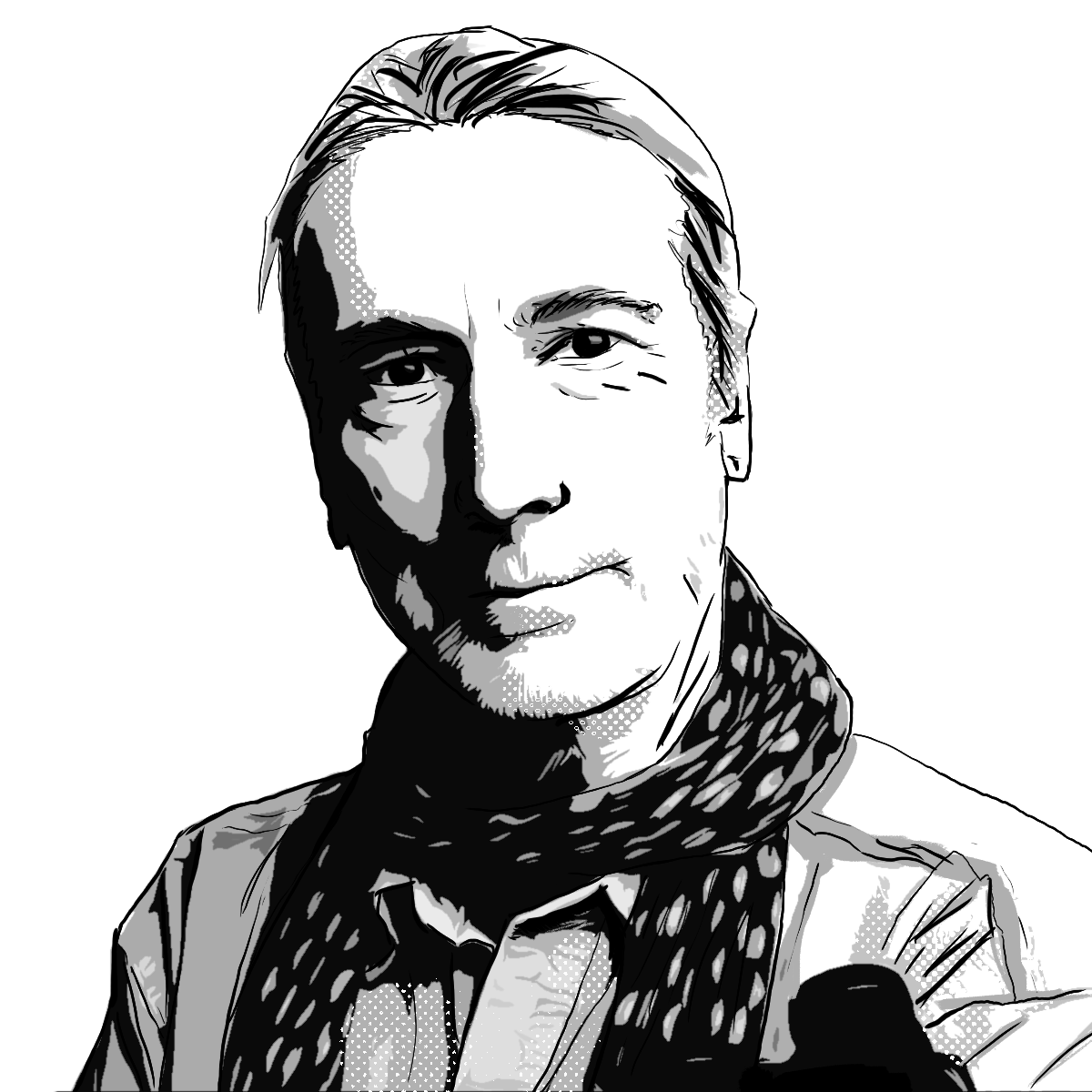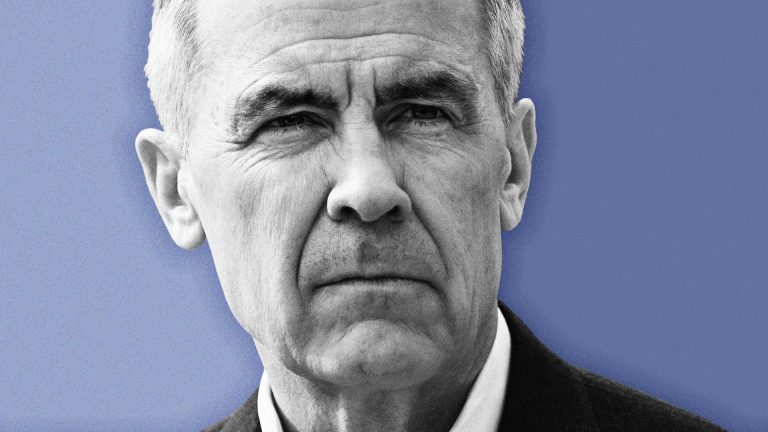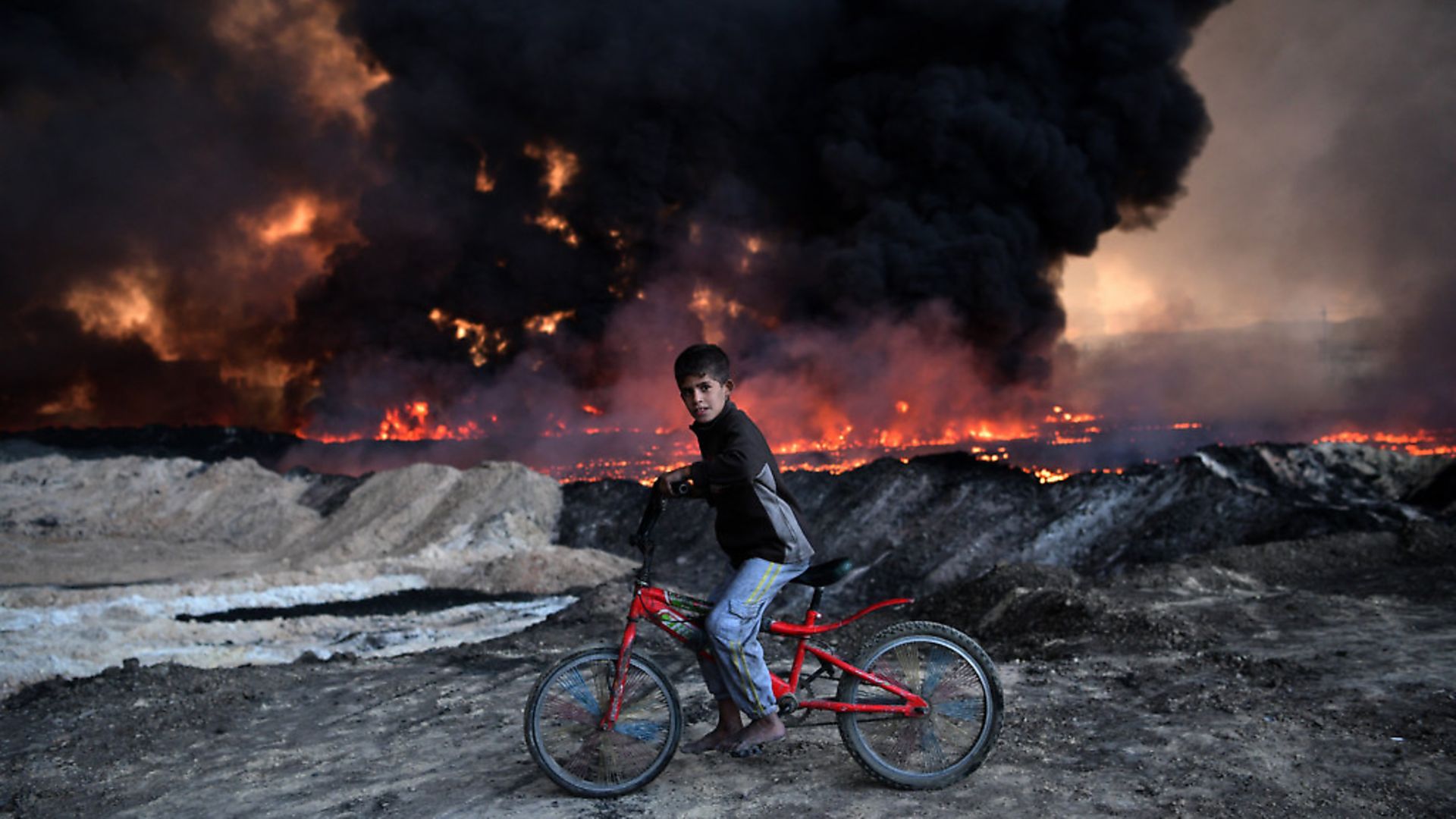
The haunting image of a ruined city is nothing new. Here we examine the horrors of urban warfare from Stalingrad to Mosul
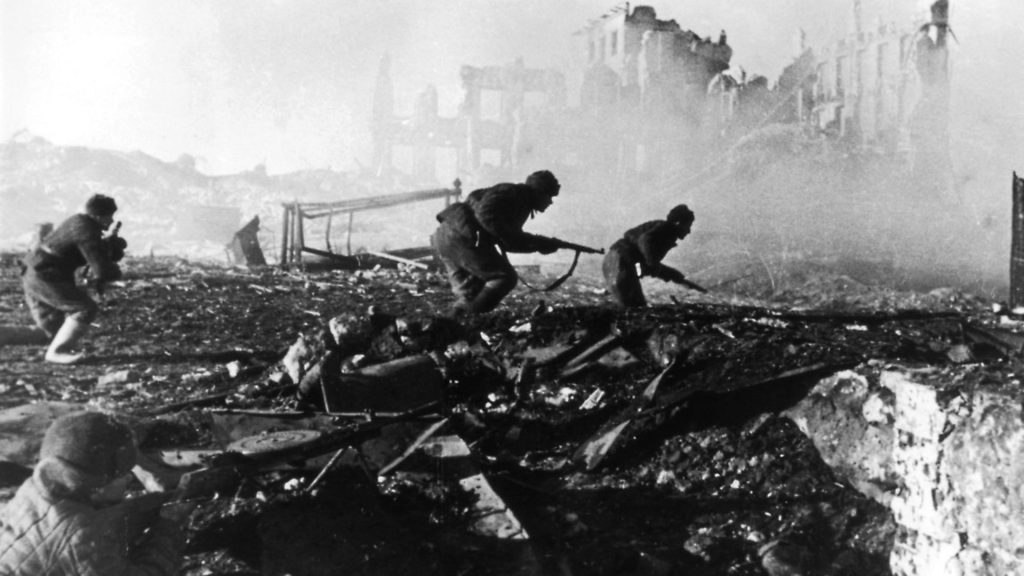
Heinrich Böll, one of the few German novelists to write about the Second World War in its immediate aftermath, describes in his novel Der Engel schwieg the process by which you could date a building that had been destroyed in the war. It was to do with the plant life.
‘It was all a question of botany. This heap of rubble was bare, naked, all rough stones and recently shattered masonry … with not a blade of grass in sight, whereas elsewhere trees were already growing, pretty little trees springing up in bedrooms and kitchens.’
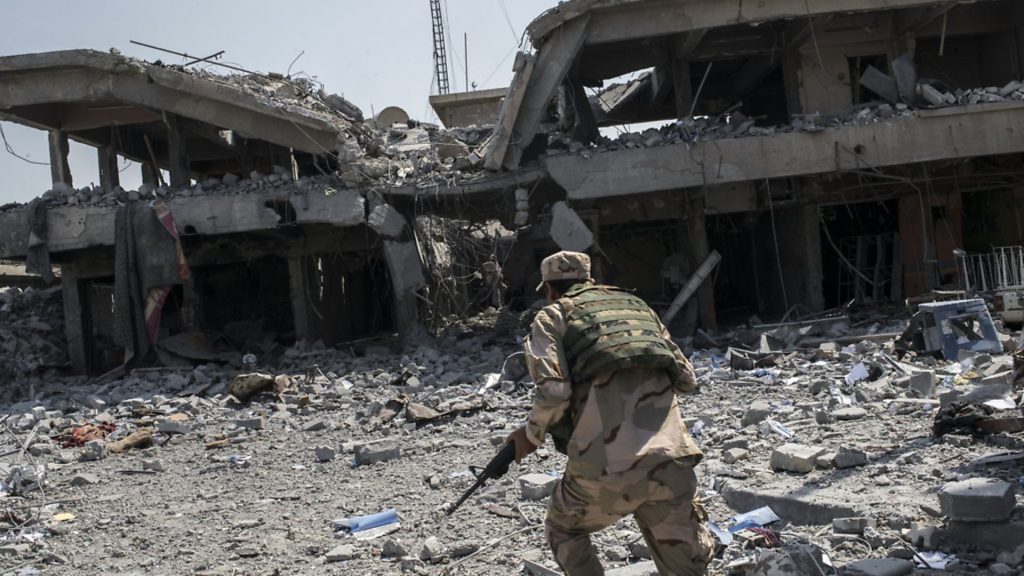
In his own book On the Natural History of Destruction the writer WG Sebald expands Böll’s point and describes nature flooding back into the destroyed German cities. recreating a new, more primitive and more parasitical natural order. He describes clusters and swarms of fat, bloated flies and basements with floors thick with ‘slippery finger-length maggots’.
And also in these ruined, desolate cities were rats, rats who were no longer stalking the city’s unseen recesses and depths, or dwelling in the imagination of the city’s inhabitants, but instead were seen everywhere scuttling and scavenging through the rubble and ruins.
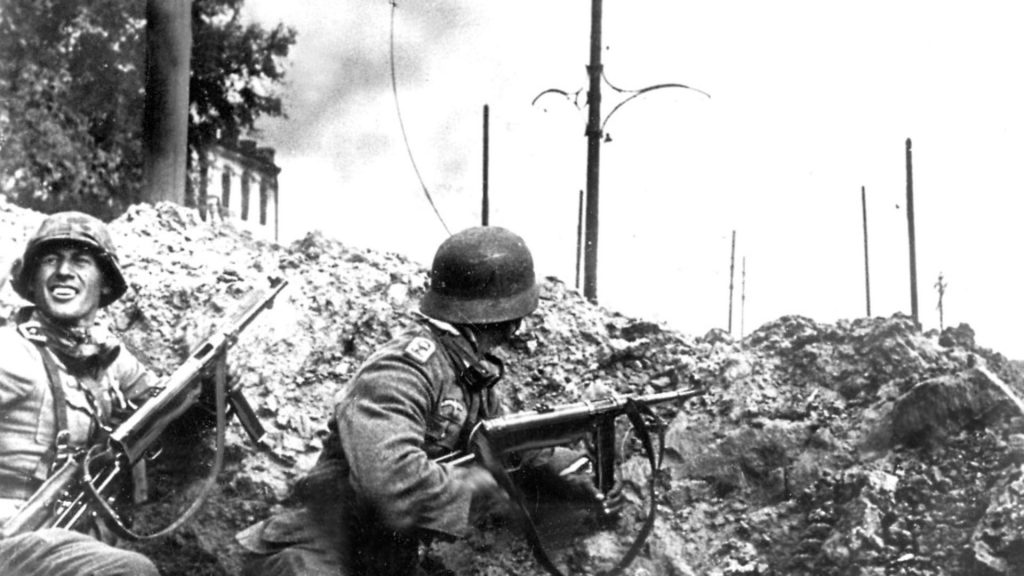
Last week, in what are hopefully the last stages of the Battle of Mosul in Iraq, the remaining holed-up ISIS fighters were described as rats in the British press as they were dragged out of the rubble and the ruins of the city that they had destroyed.
ISIS captured Mosul in June 2014. In October 2016 Iraqi forces along with the Kurdish Peshmerga, Sunni Arab tribesmen, Shia militiamen and a US lead coalition launched an assault to retake the city. The battle lasted nine months. It was effectively two battles each being fought on each side of the River Tigris. It was a slow attritional fight marked by horrific atrocities by ISIS (and a few, allegedly, by the coalition forces). Much of the city, the bridges that cross the Tigrisn and the ancient Great Mosque of al-Nuri were all destroyed.
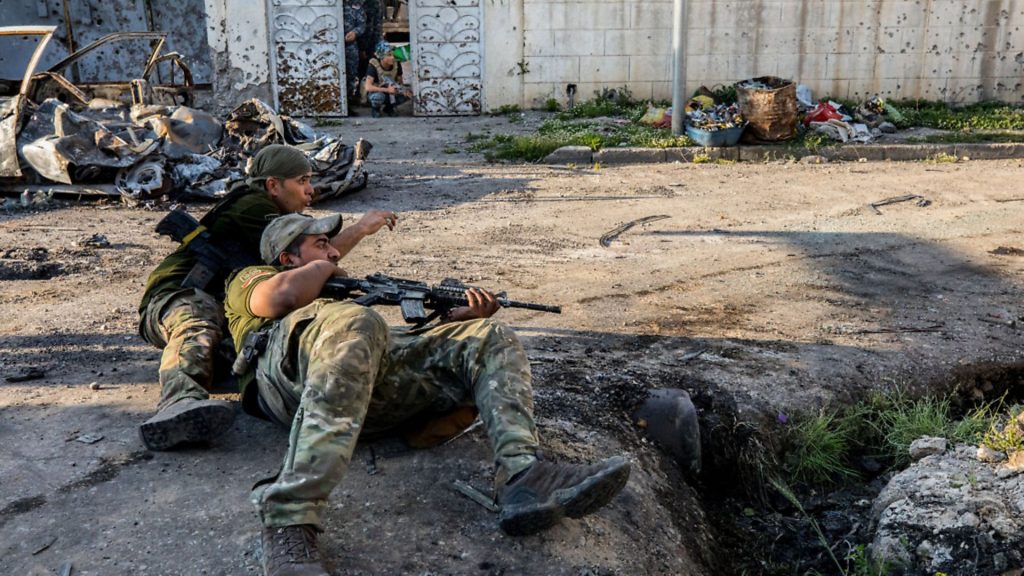
Modern Mosul is approximately in the same location of the ancient city of Nineveh, (Nineveh sat on the eastern bank of the Tigris – where Mosul’s suburbs are today). Nineveh was one of the first great cities of antiquity. It was at the heart of the Mesopotamian civilisation, which was one the oldest and first civilizations. Ninevah sat on a crossing point of the River Tigris – the major trade route between the East and the West crossed here. And it was trade and it was being open to the world and it was the movement and migration of people that made this ancient city what it was and which also marked the birth of civilization.
However, as well as being the cradle of civilization Mosul has, at times, also been in the front line, or has been heavily involved, in conflict. It was at the centre of battles and struggle in the Assyrian Empire and in Turkish expansionism. It was a base for the medieval Muslim crusades and it was at the centre of British and French Imperial aspirations and aggression in the region. More recently it is often been on the front line in the conflict between Shia and Sunni Muslims. Add to that the aspirations of Kurdish independence in the region and you have a city that has often tested the limits of multi-culturalism.
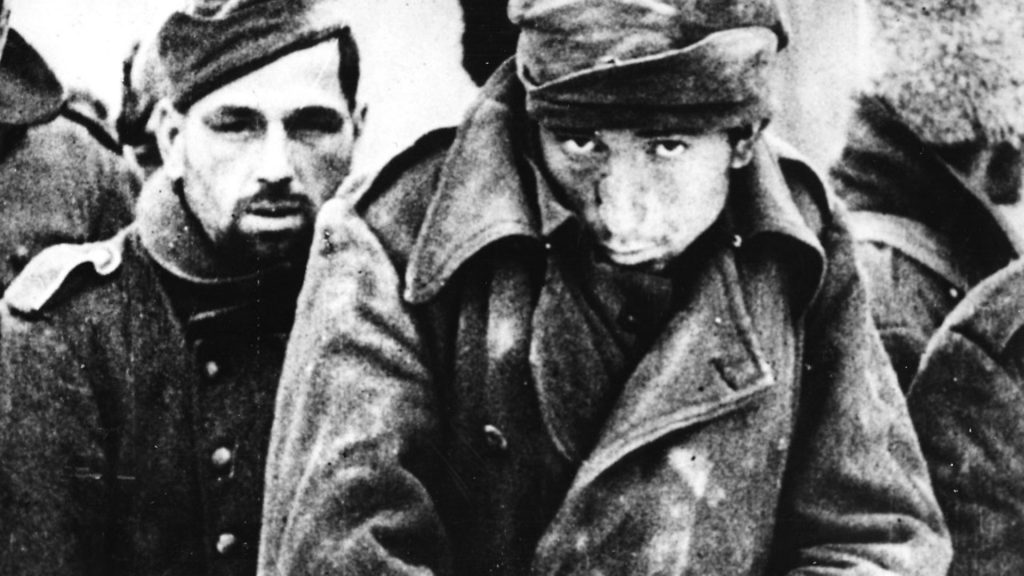
Under the dictatorship of Saddam Hussein the front between Sunni and Shia almost ran through Mosul. Many senior figures in Iraqi politics and in the military came from Mosul’s Sunni population – a population that tended to live on the west bank of the River Tigris. The Kurds, the Shia Arabs and other minorities tended to live on the east bank of the river.
After the start of the Iraq Iran war in 1980 Saddam’s oppression of the Shia Arabs and Kurdish insurgents within Iraq, and within this fractured city, becomes genocidal. Saddam murdered people – including children – with those weapons of mass destruction that very few people, in the name of civilisation, were prepared to a take moral stand against.
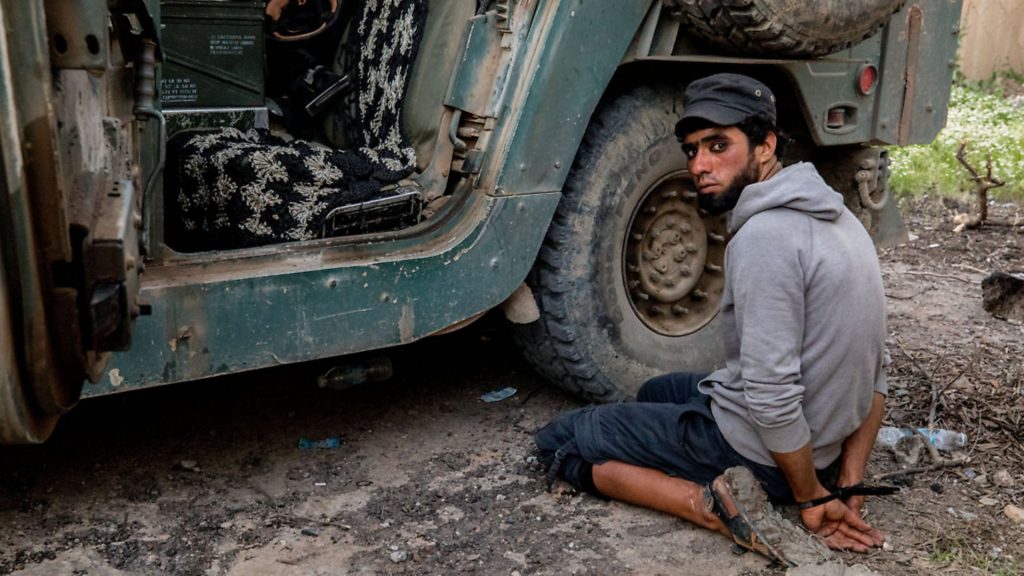
When that stand was finally taken in 2003 and Saddam was overthrown not enough was done to shore up the various factions that would have allowed Iraq to function as a modern nation. This is why, in 2014, approximately 1,500 ISIS troops could capture Mosul – a city which was defend by 30,000 Iraqi troops and 30,000 policemen. In Mosul you can see how fragile civilisation is. A band of thugs, murderers and fantasists brought the whole thing crashing down.
The existence of ISIS is an affront to humanity and civilisation, and their legacy in Mosul has been to reduce that city to barbarity. Cities are civilisation – the movement of goods and people and ideas that drive progress have almost always, since the days of ancient Nineveh, driven that progress in cities. Cities are, in their complexity and in their culture and in their capacity to manage nature, humanity at its best. ISIS are the negation of all of that. They are no better than the rats crawling through the ruins.
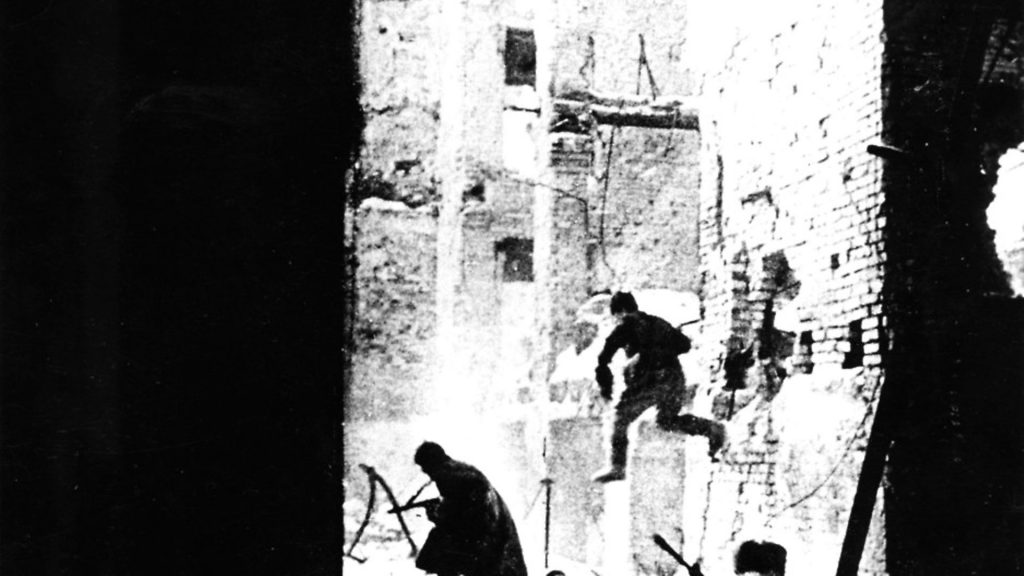
Rattenkrieg (Rat War) was also how the Germans described much of the fighting at The Battle of Stalingrad. The Russian defenders of the city swarmed through the sewers, coming up through the basements, fighting for each block, each street, each house, each room, each wall. Much of the Battle of Stalingrad was fought with all the benefits that modern technology could bring to the battlefield, benefits such as attritional shelling and bombing, which reduced the city to rubble. And it was amongst this rubble that much of this battle was fought. And it was fought with a terrifying intimacy.
One tactic used by the often heroic Russian forces was to position their own front lines as close to the enemy as possible so to ‘hug’ the German advanced positions. This stopped the fluidity of movement and integrated assaults that had brought many of the German military successes up to that point in the war. The Russians smothered and choked any German attempt to advance.
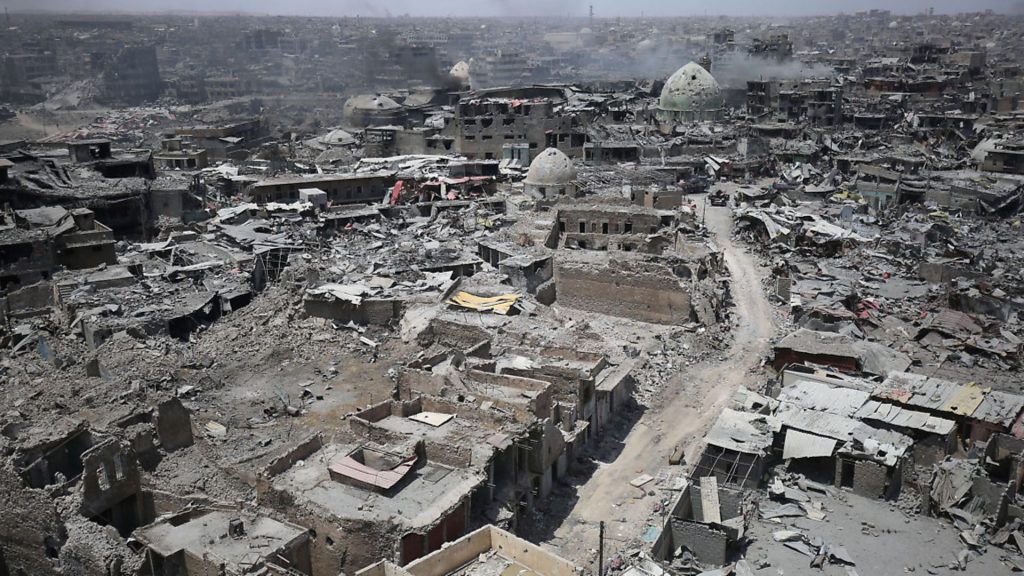
The Battle of Stalingrad had begun on August 23, 1942. By Mid November the Russians, though a series of counter attacks, had surrounded the city. The German 6th Army was cut off. The Battle would continue until February 2, 1943, when the German Field Marshall Frederich Paulus, who was in change of the 9th Army, disobeyed Hitler’s order to keep fighting and surrendered. More than 91,000 prisoners were taken. Of these only about 5,000 would ever return to Germany. In total on both sides somewhere up to two million people were killed, wounded or captured at Stalingrad. It is the largest single battle in history.
Stalingrad is a vital part of how modern Russia sees itself – and it is understandable how this terrible battle, which was won by the Russians though huge sacrifice and immense bravery, can play an ideological role for modern Russia. The Russian victory was over the fascist invaders. It was a patriotic war where men and woman chose to die rather than let the city fall into the hands of the enemy. Many of the stories of bravery should never be forgotten.
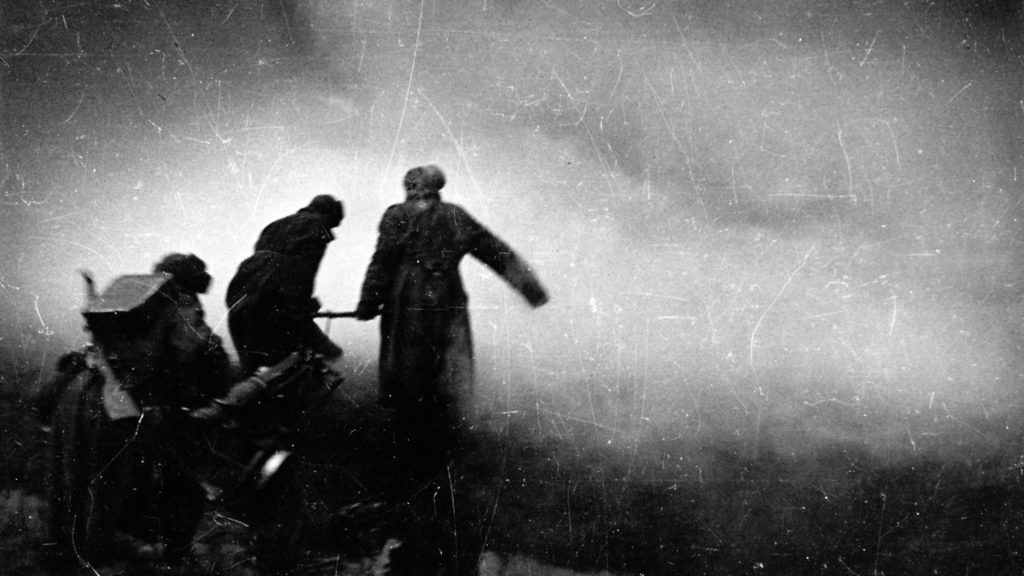
However lots of Russian soldiers were killed by the Russian NKVD. At Stalingrad these battalions of policemen were positioned behind the troops to shoot anyone who retreated. They also arrested and executed, not just deserters, but also the commanders or fellow soldiers, in units where men had deserted. Deserters families were also punished. Soldiers who raised questions were punished. Soldiers that showed sympathy for the enemy were punished. Soldiers that read German propaganda were punished. Even soldiers that used German propaganda leaflets as cigarette papers were punished.
For the simple peasant soldiers that had been drafted in from the far east of Russia, and who had no idea as to why they were fighting, the NKVD seemed every bit as much the enemy as the Germans. These peasant soldiers were not loyal to Russia or Stalin. They were just terrified and confused.
Men switched sides during this battle. Whole units switched sides. Towards the end of the conflict General Walther von Seydlitz-Kurzbach offered to raise a German army among the troops at Stalingrad who would then join the Russians in fighting Hitler. The Russians turned him down.
But this confusion, this switching sides, this brutality carried against your own men does signify a point where the fighting of a war begins to negate the point of a war. There were points during the Battle of Stalingrad where the barbarity was such that even the root cause of that barbarity – the us versus them of war – ceased making sense. As such reason and logic were left in ruins and dust every bit as much as the houses and the factories.
When you see the photographs of the destruction of Stalingrad or of the ruined German cities in 1945 or of Mosul in 2017 – they look like apocalyptic visions from the Old Testament or Revelations. They look like the unreal imaginings of the very antithesis of a city. They are a terrifying reminder of the fragility of civilisation
From Nineveh to New York cities are, in their messy complexity, civilization at is best. The negation of that, usually by violent men who think that have simple solutions to all that messy complexity, is the opposite of civilization. It is barbarity. It transforms places where we live into places of death and where all the dust and ruin is left to the rats and the flies. It is the worst of what we are.
Ian Walker is a journalist and former museum curator living in Munich

